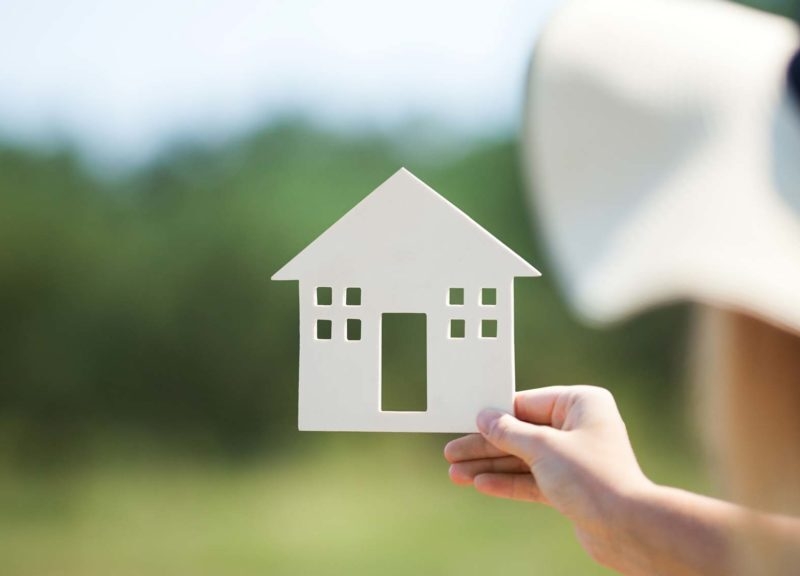The Price of the American Dream: Homeownership Costs Cripple the Middle Class
Homeownership, once the cornerstone of the American Dream, has become a financial nightmare for many. New findings published by Bankrate reveal a staggering 26% surge in the average annual cost of owning and maintaining a typical single-family home since the start of 2020. This eye-watering increase has brought the average annual expenditure to $18,118, a significant leap from $14,428 just four years ago. These figures, excluding mortgage payments, paint a grim picture for current and aspiring homeowners.
This surge in costs encompasses property taxes, homeowners insurance premiums, home maintenance, and utilities such as energy, internet, and cable bills. The cumulative impact of these rising expenses reflects broader economic challenges, notably inflation, which has seeped into every corner of daily life. For the average American family, the dream of homeownership now comes with a hefty price tag that threatens to undermine financial stability.
The sharp increase in homeownership costs is more than a statistic; it is a profound reflection of the economic pressures squeezing the middle class. The fundamental promise of owning a home as a means of securing one’s financial future and building generational wealth is being eroded. As costs spiral, families are forced to make difficult choices: forego essential repairs, reduce discretionary spending, or, in some cases, reconsider the viability of owning a home altogether.
Property taxes, a significant component of these costs, have risen dramatically in many regions, fueled by escalating home values. Local governments, grappling with their own fiscal challenges, have not shied away from hiking taxes, leaving homeowners to foot the bill. Simultaneously, insurance premiums have soared as insurers pass on the costs of increased claims and natural disasters. Maintenance expenses, too, have ballooned, driven by higher material costs and labor shortages.
Utility bills, an unavoidable part of homeownership, have seen some of the most pronounced increases. Energy costs, particularly, have been volatile, with spikes in fuel prices translating to higher heating and cooling expenses. Even services like internet and cable, often taken for granted, have seen steady price hikes, further straining household budgets.
The reality for many Americans is stark: the cost of maintaining homeownership is rising faster than wages. This economic imbalance places an undue burden on families, exacerbating financial insecurity and potentially stifling broader economic growth. As more income is diverted to cover basic housing costs, less is available for savings, investment, and consumption—key drivers of a healthy economy.
In conclusion, the 26% increase in homeownership costs since 2020 is a clarion call for policymakers and stakeholders. Addressing this crisis requires a multifaceted approach: stabilizing inflation, providing tax relief, and ensuring affordable insurance and utility options. Without decisive action, the quintessential American Dream of homeownership risks becoming an unattainable fantasy for too many, leaving a legacy of economic disparity and unfulfilled aspirations.






